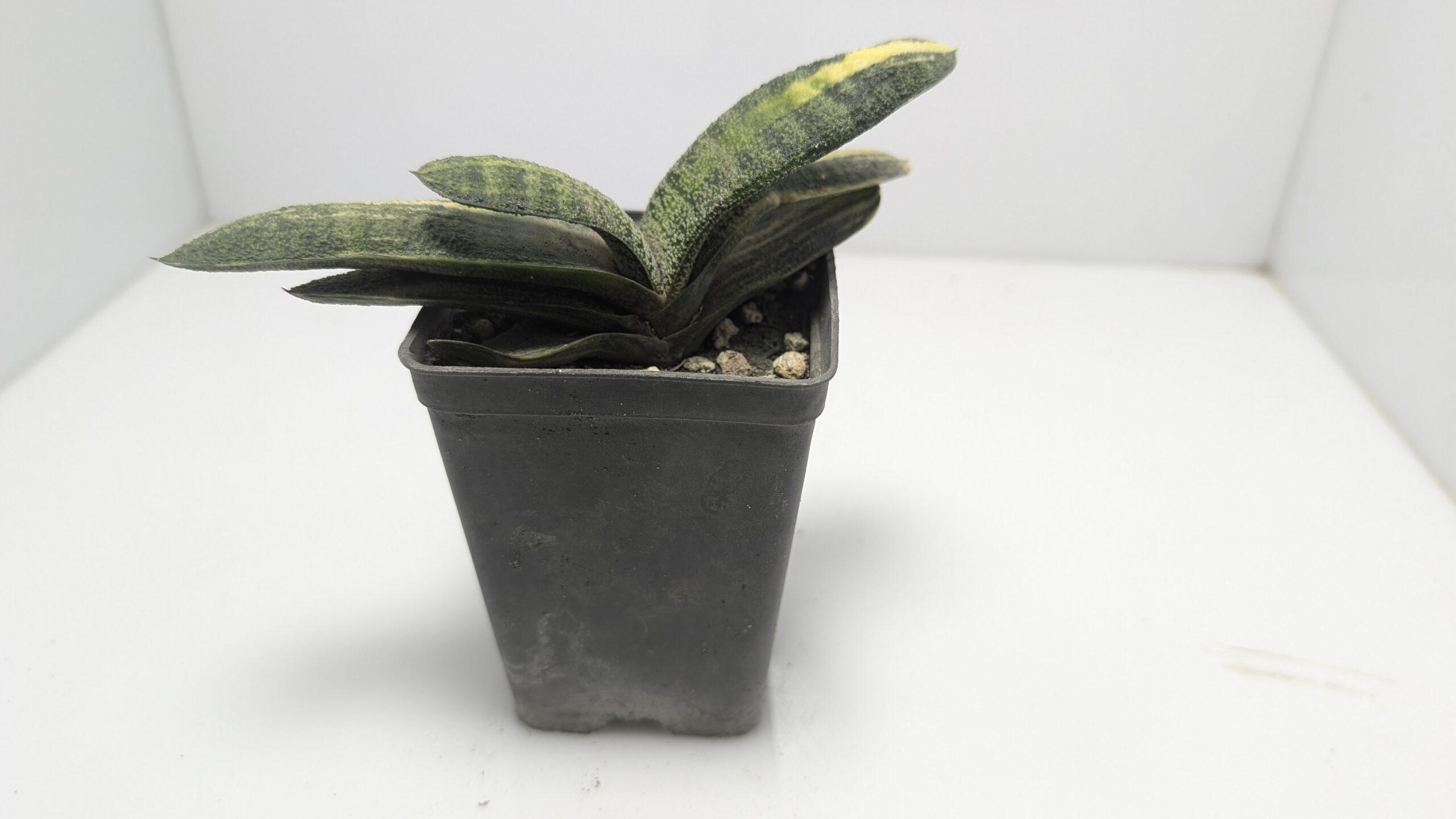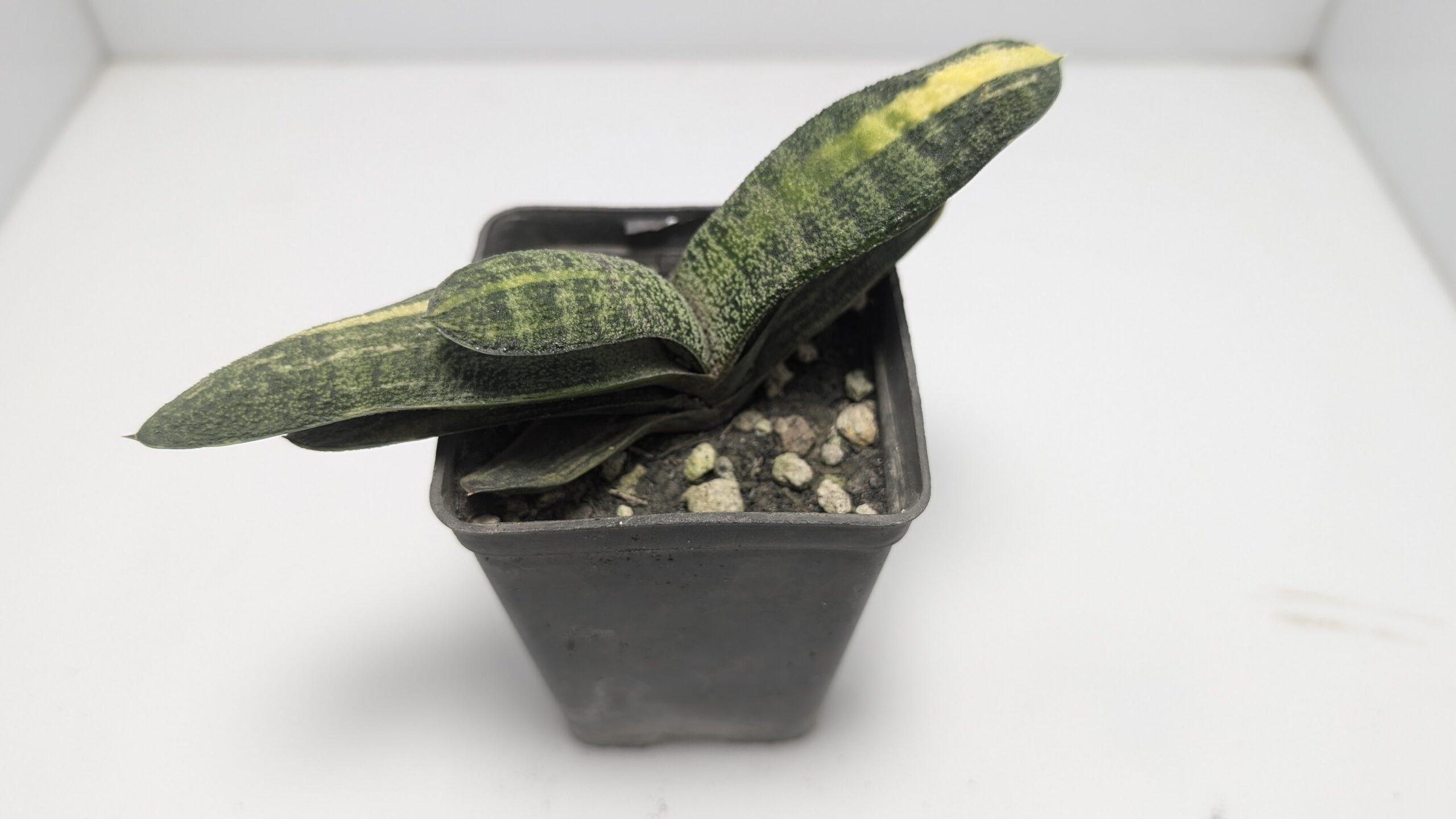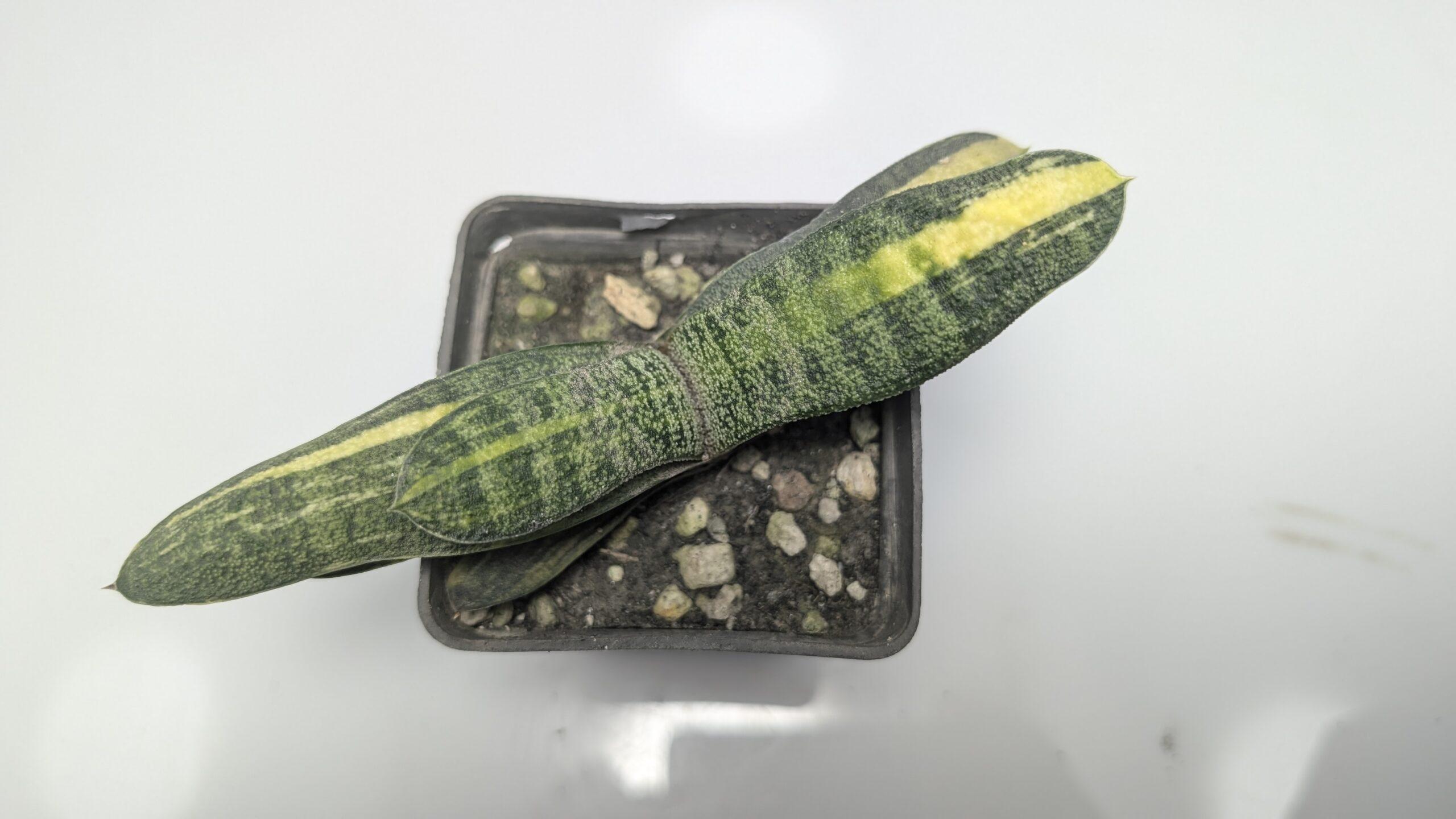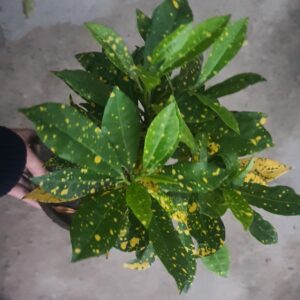**A Comprehensive Guide to Gasteria Batesiana: Care, Propagation, and Benefits**
Gasteria Batesiana, a striking succulent species, is beloved by plant enthusiasts for its unique appearance, hardiness, and relatively easy care. Native to South Africa, this plant features textured, dark green leaves often speckled with white spots, giving it a distinctive look. This guide covers everything you need to know about Gasteria Batesiana, from its natural habitat and characteristics to specific care tips and propagation methods. Understanding the needs and qualities of Gasteria Batesiana can enhance your gardening experience and help this beautiful plant thrive in your home or garden.
Understanding Gasteria Batesiana (H2)
Gasteria Batesiana belongs to the *Asphodelaceae* family and is closely related to Aloe and Haworthia. It’s named for the resemblance of its leaves to a “gaster,” the Latin word for “stomach,” due to the thick, textured appearance of the foliage. These plants grow slowly but can live for many years, making them an ideal choice for those looking to add low-maintenance greenery to their space.
Origin and Habitat of Gasteria Batesiana (H3)
Gasteria Batesiana originates in South Africa’s Eastern Cape, where it thrives in rocky terrains and shaded areas. It is adapted to semi-arid conditions, growing under the canopy of shrubs or trees, which provide partial protection from the intense African sun. This adaptation helps the plant survive in various light conditions, from filtered sunlight to partial shade, making it highly adaptable as a houseplant in different environments
Physical Characteristics of Gasteria Batesiana (H3)
The appearance of Gasteria Batesiana is unique, with tongue-shaped, dark green leaves covered in rough, bumpy textures and sprinkled with white spots. These leaves grow in a fan-like arrangement, sometimes developing in a spiral form as they mature.
Key Characteristics to Identify Gasteria Batesiana (H4)
– **Leaf Texture**: Bumpy and rough with white speckles.
– **Shape**: Leaves are thick, tongue-like, and grow in a fan shape.
– **Size**: Typically compact, though size can vary with age and care.
—
## **How to Care for Gasteria Batesiana (H2)**
Caring for Gasteria Batesiana is relatively straightforward due to its low-maintenance nature. Like many succulents, this plant requires minimal watering and thrives in well-draining soil. However, understanding specific care requirements can ensure it remains healthy and vibrant for years.
### **Light Requirements for Gasteria Batesiana (H3)**
Gasteria Batesiana prefers indirect light and can tolerate partial shade. In its native habitat, it often grows under trees or rocks, shielded from direct sun. Therefore, providing similar lighting conditions indoors will keep the plant healthy.
#### **Ideal Lighting Conditions for Gasteria Batesiana (H4)**
– **Indoor Light**: Place in a bright room with indirect sunlight.
– **Outdoor Light**: Partial shade is best, as too much direct sunlight can burn the leaves.
### **Watering Needs for Gasteria Batesiana (H3)
One of the most important aspects of caring for Gasteria Batesiana is controlling the amount of water it receives. Overwatering is a common mistake with succulents and can lead to root rot. A good rule of thumb is to let the soil dry out completely between waterings.
#### **Best Watering Practices for Gasteria Batesiana (H4)**
– **Frequency**: Water once every two to three weeks, depending on humidity.
– **Seasonal Variation**: Reduce watering in the winter months.
– **Signs of Overwatering**: Yellowing leaves, mushy texture, and root rot.
### **Soil and Potting Recommendations for Gasteria Batesiana (H3)**
Gasteria Batesiana thrives in well-draining soil, which mimics its native rocky environment. Using a cactus or succulent soil mix will provide the necessary drainage. Additionally, potting the plant in a container with drainage holes is essential to prevent water from accumulating around the roots.
#### **Choosing the Right Pot and Soil (H4)**
– **Soil**: Use a cactus or succulent potting mix for ideal drainage.
– **Container**: Choose a pot with drainage holes, preferably terracotta, which absorbs excess moisture.
– **Repotting**: Repot every two years to refresh the soil and inspect root health.
### **Temperature and Humidity Tolerance of Gasteria Batesiana (H3)**
Gasteria Batesiana can tolerate a range of temperatures but does best between 60°F to 80°F (15°C to 27°C). It’s relatively resilient to dry air, making it suitable for most indoor conditions. However, avoid exposing it to extreme cold, as freezing temperatures can damage or kill the plant.
#### **Optimal Conditions for Temperature and Humidity (H4)**
– **Temperature**: Thrives in 60°F-80°F, avoid temperatures below 40°F.
– **Humidity**: Low humidity preferred, typical indoor humidity is ideal.
– **Cold Protection**: Bring indoors if temperatures drop significantly in winter.
—
## **Propagation of Gasteria Batesiana (H2)**
Gasteria Batesiana is relatively easy to propagate, allowing you to expand your collection or share the plant with friends. The most common propagation methods for this succulent are by offsets or leaf cuttings.
### **Propagating Gasteria Batesiana through Offsets (H3)**
Offsets are small plants that grow from the base of the main plant. These can be carefully separated and replanted, making it a simple way to propagate Gasteria Batesiana.
#### **Step-by-Step Offset Propagation Process (H4)**
1. **Remove the Offset**: Gently remove the offset with a sterile knife or scissors.
2. **Allow to Callous**: Let the cut end of the offset dry for a day or two.
3. **Planting**: Place in a well-draining soil mix and water lightly.
4. **Care**: Keep the offset in indirect light and avoid overwatering.
### **Propagating Gasteria Batesiana through Leaf Cuttings (H3)**
While propagation via leaf cuttings is less common for Gasteria, it can be done with patience. Leaf cuttings can take a while to root and establish new growth.
#### **Leaf Cutting Propagation Tips (H4)**
– **Cutting Selection**: Choose a healthy leaf and cut near the base.
– **Drying**: Allow the leaf to dry out for several days.
– **Planting**: Insert into soil and mist occasionally.
—
## **Benefits and Uses of Gasteria Batesiana (H2)**
Beyond its ornamental appeal, Gasteria Batesiana offers several other benefits that make it a valuable addition to any plant collection.
### **Air Purification and Health Benefits (H3)**
Like many succulents, Gasteria Batesiana can help improve indoor air quality by absorbing toxins and releasing oxygen. Having indoor plants has been shown to reduce stress, increase productivity, and improve mood, making Gasteria Batesiana an excellent option for home or office spaces.
#### **Air Quality Benefits of Gasteria Batesiana (H4)**
– **Toxin Removal**: Helps remove pollutants from the air.
– **Oxygen Release**: Increases oxygen levels, particularly beneficial in enclosed spaces.
– **Improved Humidity**: Adds a small amount of moisture to indoor air.
### **Aesthetic Appeal and Decorative Uses (H3)**
Gasteria Batesiana’s unique leaf structure and texture make it a favorite among collectors and interior designers alike. Its compact size and ability to thrive indoors make it suitable for various decor styles, from modern to rustic.
#### **Ideas for Decorating with Gasteria Batesiana (H4)**
– **Tabletop Plant**: Perfect as a low-maintenance centerpiece on tables.
– **Windowsill Succulent Garden**: Combines well with other succulents like Aloe and Haworthia.
– **Terrarium**: Can be included in open terrariums with other low-light plants.
—
## **Common Issues and Troubleshooting for Gasteria Batesiana (H2)**
Even though Gasteria Batesiana is relatively low-maintenance, it may face some common issues. Recognizing these problems early can help you take the necessary steps to keep your plant healthy.
### **Pest Problems in Gasteria Batesiana (H3)**
Gasteria Batesiana can occasionally attract pests, such as mealybugs and aphids. Keeping the plant clean and inspecting it regularly can help prevent infestations.
#### **Treating Common Pests (H4)**
– **Mealybugs**: Remove with a cotton swab dipped in rubbing alcohol.
– **Aphids**: Spray with insecticidal soap or neem oil.
– **Prevention**: Isolate new plants before introducing them to your collection.
### **Overwatering Issues and Root Rot (H3)**
Overwatering is the most common issue with Gasteria Batesiana, as it can lead to root rot. This problem often arises when the plant is kept in poorly draining soil or watered too frequently.
#### **Signs and Prevention of Root Rot (H4)**
– **Symptoms**: Yellowing leaves, mushy stems, and foul odor from the soil.
– **Prevention**: Use well-draining soil and allow it to dry completely between waterings.
– **Treatment**: Remove damaged roots and replant in fresh, dry soil.
—
## **Conclusion: The Beauty and Resilience of Gasteria Batesiana**
Gasteria Batesiana is an excellent choice for both beginner and experienced plant enthusiasts. With its unique appearance, adaptability to indoor environments.
A strong focus keyword for this content about *Gasteria Batesiana* could be:
**”Gasteria Batesiana care”**
This keyword is specific, highly relevant, and aligns with the primary subject of the content, emphasizing essential care tips and characteristics of the plant.









Reviews
There are no reviews yet.